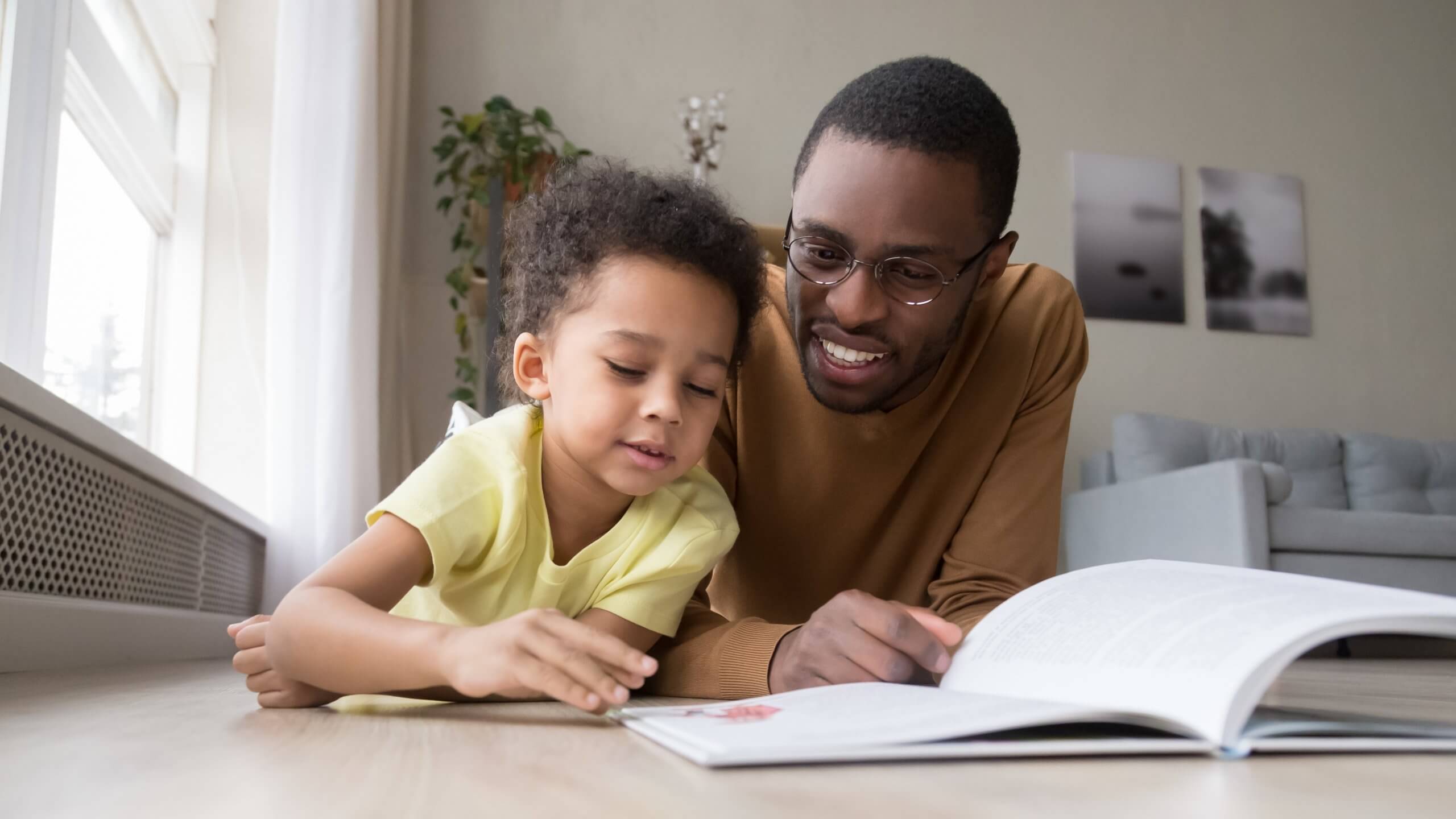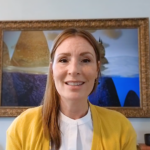April 22, 2024
How to Start Talking About Racism

FEATURED POSTS
April 18, 2024
April 16, 2024
April 15, 2024
By: Angela Montes, MS, BCBA
Racism. Its existence makes our hearts heavy, evokes sadness, generates uncertainty, and creates fear. Starting and having a conversation about racism has always been difficult. Even though it may make us uncomfortable, it’s an important conversation to have. As parents and caregivers, you may find yourself asking: How old does my child need to be to have this conversation? How do I even start the conversation? Are there any resources that will help me with this conversation? Here are some starting points, using some of the tools you might already have, to initiate a conversation about racism.
Ages 0-2:
It is recommended that children see their parents and caregiver interact with individuals whose race and ethnicity differ from their own. Take it a step further and enrich your environment to ensure that your child is exposed to books and toys that include multiple ethnicities. According to studies (Kelly, D.J., et al. 2005), children as young as three months old can categorize people by race. Early intervention is critical.
Children’s Books about Diversity
Ages 3-4:
Between this age, parents should continue to model inclusivity of other ethnicities via physical interactions, TV shows, books read, and toys purchased. Children who see their parents and caregivers engage in unbiased behavior benefit from the positive model they observe. As a proactive strategy, initiate the conversation of racism with your child by pointing out the differences in color of skin, hair, and language. It is important to show young children that differences exist and that it’s okay to be different.
10 Tips for Reading Picture Books with Children through a Race-Conscious Lens
Ages 5-11:
Between this age range, children are making stronger associations across racial groups. Continue the exposure of multiple ethnicities via books, TV shows, and interactions. Initiate a discussion about the subtleties within TV shows and how stereotypes often carry over into the real world. Begin to discuss how racism has created an unfair treatment of people of different
races. Continue the conversation that this issue has been ongoing and that they can help support the fight against racism through advocacy groups. Having direct conversations during this age can help improve racial attitudes. As a proactive strategy, parents and caregivers can begin conversations about racism early and not wait until their child is exposed to a racist event.
CNN/Sesame Street racism town hall
Ages 12 and up:
Keep the conversation going! During this time, continue to model interactions with other ethnicities, diversity within books, games, and TV shows. Remain open in dialogue, including answering questions children have about racism (even if it’s uncomfortable for you). These direct conversations promote inclusion and that it’s okay to discuss racism within your family structure. In doing so, you are providing different perspectives for your children. Teach your children how to recognize racism and how to respond to situations they may encounter. For example, you can equip your child with statements to use, such as “I don’t agree with you,” or “that wasn’t cool – because…” Additionally, ensure your child knows whom they can approach to report and discuss what they experienced. Using age-appropriate language, ensure that children also have the skill of self-awareness regarding race. From evaluation, that is your starting point to begin to educate your children on what race is and what it isn’t.
How to Talk to Your Kids About Anti-Racism: A List of Resources
Resources
Studies on the topic of race
https://www.ncbi.nlm.nih.gov/pmc/articles/PMC2566511/
(Kelly, D. J., Quinn, P. C., Slater, A. M., Lee, K., Gibson, A.,
Smith, M., Ge, L., & Pascalis, O. (2005). Three-month-olds,
but not newborns, prefer own-race faces. Developmental
science, 8(6), F31–F36.
https://doi.org/10.1111/j.1467-7687.2005.0434a.x
https://www.academia.edu/3094721/Children_Are_Not_Colorblind_How_Young_Children_Learn_Race
Tools on How-To regarding racism
https://themighty.com/2015/04/what-to-do-when-kids-pointat-someone-in-public/
http://www.childrenscommunityschool.org/social-justiceresources/
Resources to expand your library
https://bilingualkidspot.com/2019/05/13/diversity-booksfor-children
https://www.mylittlemoppet.com/books-about-diversityand-tolerance-for-young-kids/





